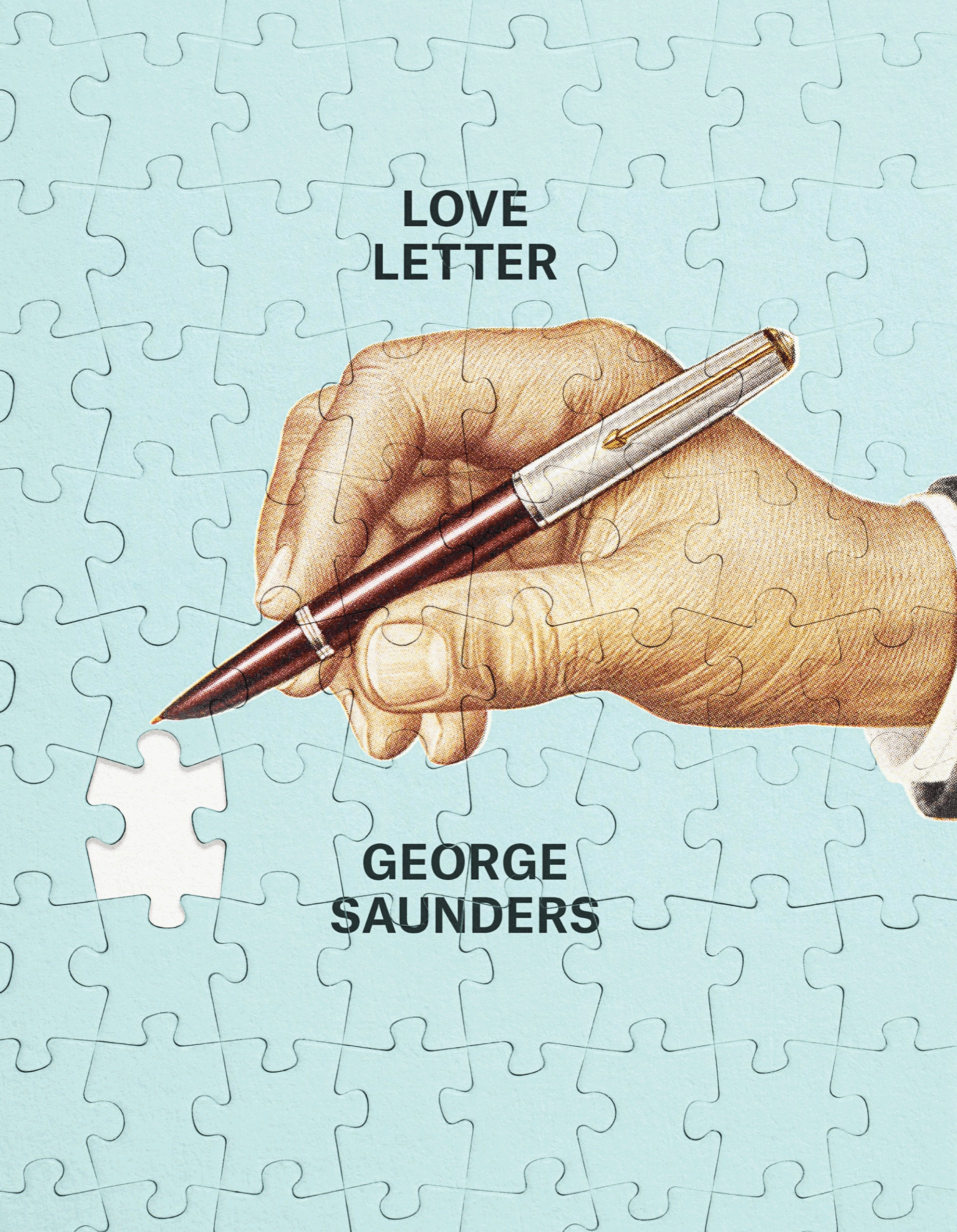Few years, in my lifetime, at least, have felt as historically pivotal as 2020. A once-in-a-century pandemic that has killed hundreds of thousands in this country alone, a prolonged national upwelling of protest against racism and police brutality, one of the most contested, divisive, and impactful Presidential elections ever: any of these things would have been enough to render the year memorable, something to tell your grandchildren about—if the planet survives climate change long enough for you to have them.
It’s hardly surprising that some of the anxiety of this unmooring year trickled into fiction—or sent us to stories that explore other historical turning points and what led to them. Allan Gurganus, for instance, looked back to the mid-nineteenth century, when a cholera epidemic swept through the Midwest, killing as much as ten per cent of the population in cities such as Cincinnati, St. Louis, and Detroit. In his story, “The Wish for a Good Young Country Doctor,” a new doctor in a small town in Illinois in 1849 is confronted with the deadly disease. David Wright Faladé set his story “The Sand Banks, 1861” twelve years later and a thousand miles southeast, on the Outer Banks of North Carolina. There, change is on the way in the form of the Union Army, which the story’s hero, a young slave, the son of a plantation owner, will soon join. In Marilynne Robinson’s “Jack and Della,” adapted from her new novel, “Jack,” a white man and a Black woman are drawn to each other in Missouri in the nineteen-fifties—at a time when America was beginning to rethink its anti-miscegenation laws, though not fast enough for Robinson’s characters.
New Yorker writers reflect on the year’s highs and lows.

Curtis Sittenfeld and Emma Cline, in “A for Alone” and “White Noise,” respectively, reflect on more recent turning points in American society: Sittenfeld sets her story in the early days of the Trump Presidency, when an artist muses on Mike Pence’s contention that a married man should never eat alone with a woman who is not his wife; Cline writes from the mind of a fictionalized Harvey Weinstein, the day before the verdict in his criminal trial. (The real Weinstein was convicted of rape and sexual assault in February, a climactic moment in the #MeToo movement.)
George Saunders, in “Love Letter,” takes a step into the future, imagining a letter from a man to his grandson, reflecting on the turning point in the past that is—for us—now. The grandfather lists the acts not performed, the stands not taken, that allowed a Trumplike President to win a second term, his son to succeed him, and all vestiges of democracy to be quashed. “I just want to say that history, when it arrives, may not look as you expect, based on the reading of history books,” he writes. “Things in there are always so clear. One knows exactly what one would have done.”
“The Wish for a Good Young Country Doctor”
“The doctor was soon the only person brave or fool enough to duck under the orange quarantine ropes, ignoring warning signs he himself had nailed to the doors of those farmhouses worst hit.”
“The Sand Banks, 1861”
“We were children yet, but not children for long. Such was the life of a slave.”
“Jack and Della”
“She couldn’t be seen walking down the street with him without damage to her reputation, a risk a teacher can’t take.”
“A for Alone”
Before her lunch with Eddie Walsh, she writes: When did you last spend time alone with a woman who is not your wife?
“White Noise”
This time tomorrow, Harvey would know everything. He believed, truly, that he would be exonerated. How could he not be?
“Love Letter”
“What would you have done? I know what you will say: you would have fought. But how? How would you have fought?”
2020 in Review
- The top twenty-five New Yorker stories.
- The funniest New Yorker cartoons, as chosen by our Instagram followers.
- Helen Rosner on the best cookbooks.
- Doreen St. Félix selects the best TV shows.
- Richard Brody lists his top thirty-six movies.
- Ian Crouch recounts the best jokes of the year.
- Sheldon Pearce on the albums that helped him navigate a lost plague year.
- Sarah Larson picks the best podcasts.
- New Yorker writers on the best books they read this year.

